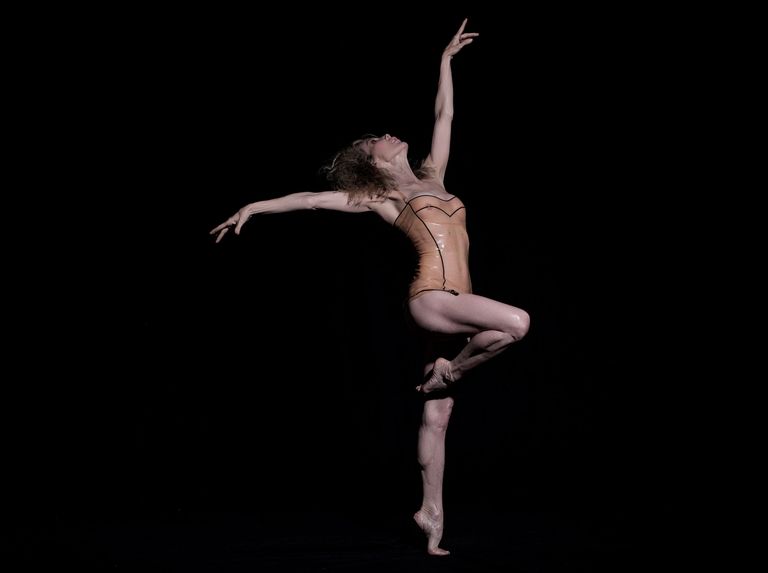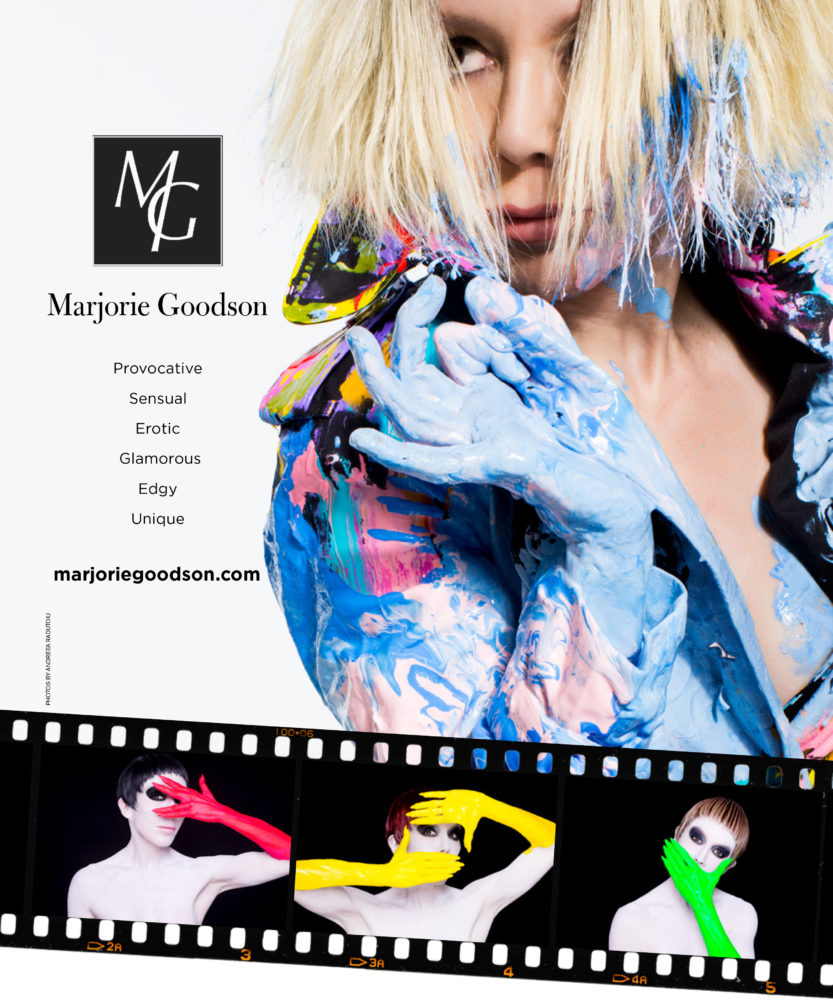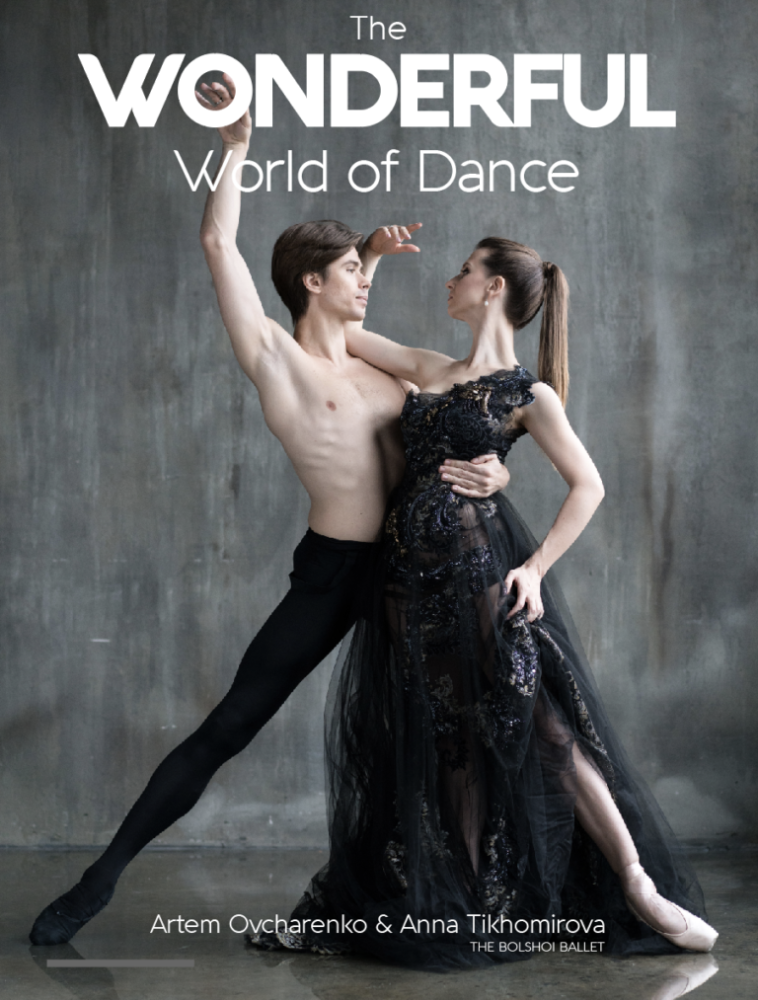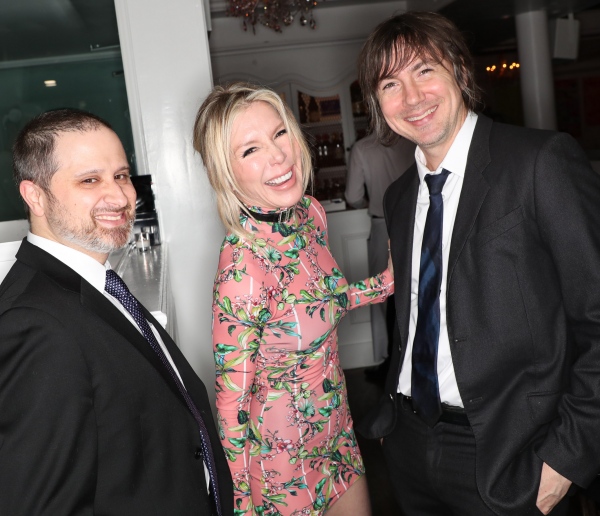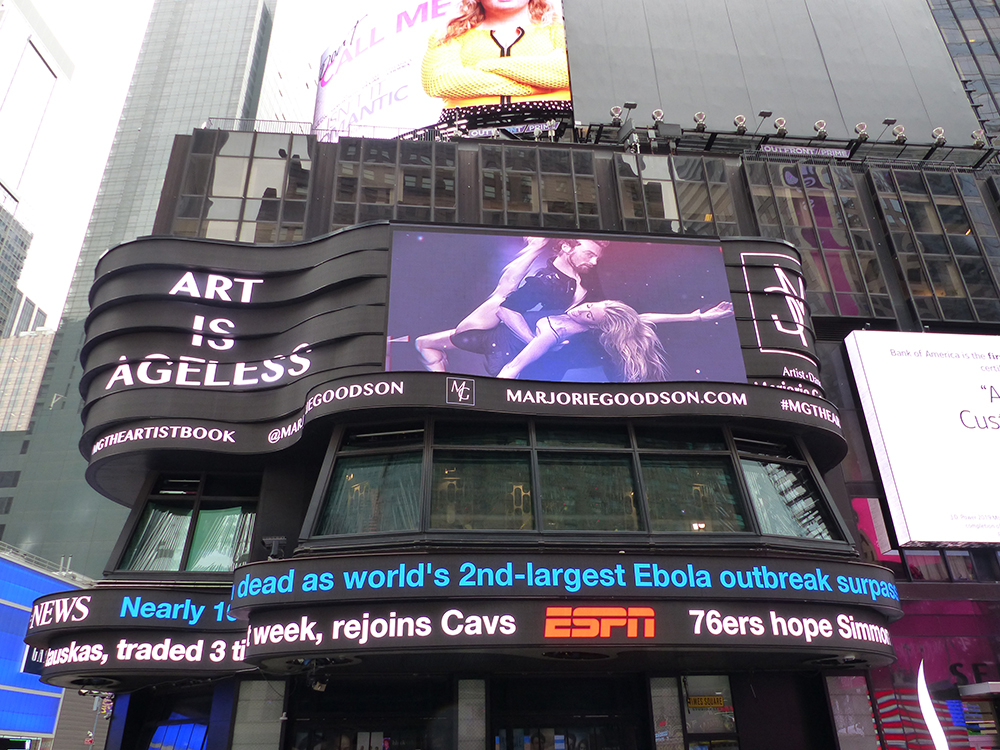By Ashley Mateo Aug 15, 2017
cosmopolitan.com
Photography by Andreea Radutoiu
“I thought clothing would take away from what I was trying to capture.”
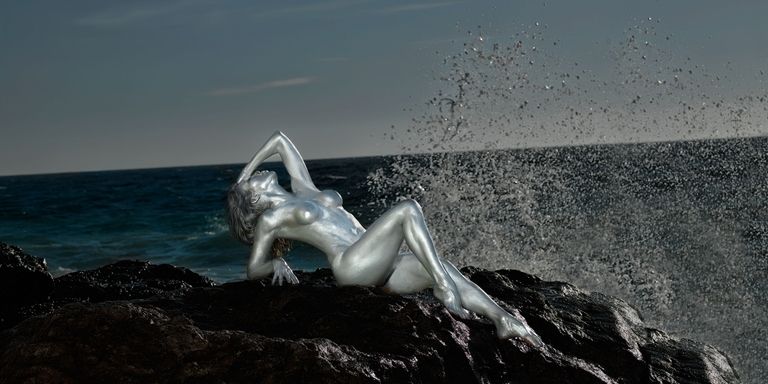
Ballet dancer Marjorie Goodson can nail a split, hold an arabesque on the tip of her pointe shoes, and practically kick her heels to her head while leaping into the air. But there’s one thing that sets her apart from a majority of the dancers you see onstage (and on Instagram): She’s 54 years old.

Goodson, a School of American Ballet- and Hartford Ballet School-trained dancer, started at 6 years old and danced almost daily for nearly 17 years. But by 1986, her passion took a backseat to work (she appeared on the game show Classic Concentration with Alex Trebek) and then parenting her daughter, Hannah. It wasn’t until she sent Hannah off to college in 2011 that she turned her focus back to dance. Goodson joined the Westside Ballet Academy in Los Angeles, logging 15-plus hours a week in the studio, and, toward the end of her 2 1/2 years there, she helped back a dance company founded one of her teachers. Once that was off the ground at the end of 2013, she had her aha moment.
“I was always pushing other people’s dreams,” she says. “It never occurred to me that I could be front and center selling my own art.” The idea for MG — a book of photos celebrating her passion for dance — was born in February 2014.
For the next 3 1/2 years, Goodson trained diligently: She practiced jazz, a discipline she had started in college, dancing up to four times a week (a knee injury made ballet difficult); worked with a trainer three days a week; and did Pilates four days a week to build strength. The result is part of the intrigue of her book: “The dynamic in MG is the juxtaposition of my age versus the shape that I’m in. It suggests that it doesn’t have to all go downhill after 20. I love that.”
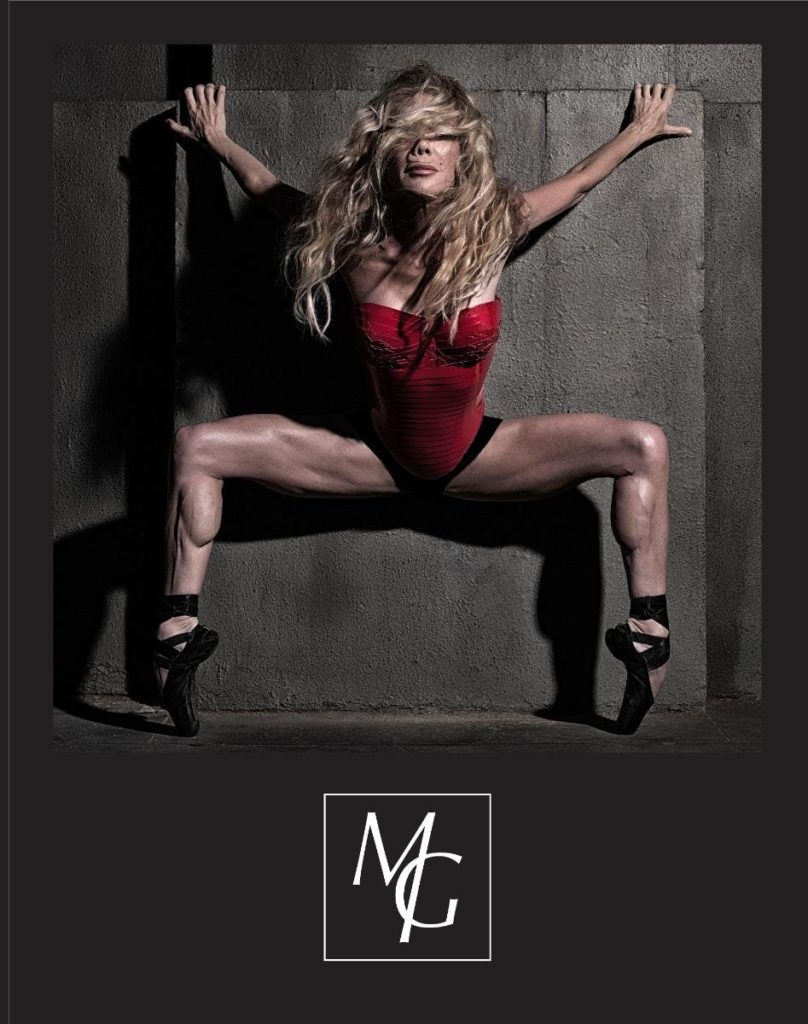
Dance, and especially ballet, is in an industry that typically favors youth. What made you decide to publish a photo book about dance at age 54?
We, as a society, set boundaries based on age — like, ‘you can’t do that at this age’ — and I like to break those boundaries. When I turned 50, I felt an urgency to do something that really empowered me. You don’t have forever. People would say to me, ‘Welcome to the club! You’re going to get those retirement letters!’ And I was like, Uh, the hell I am. Watch me. It was taking the rule book and throwing it out the window.
Now, unlike a 20-year-old, I’ve got experience. I bring a certain sophistication to my dancing because I’ve been doing it for so long. And there’s a wisdom that I carry, a gritty, edgy part of me that only time can give you. And I relish that.
Although there are things I could do when I was younger that I can’t do now — I’m constantly in pain now, whereas I used to be able to dance all day — I don’t think I could have done this book when I was younger due to the fear of not being good enough.
I think the book is a message for woman of all ages to embrace your fear, embrace the doubt because if you’re waiting for the happy fairy and the motivational fairy to come down and sprinkle dust in your eyes, it’s never happening.
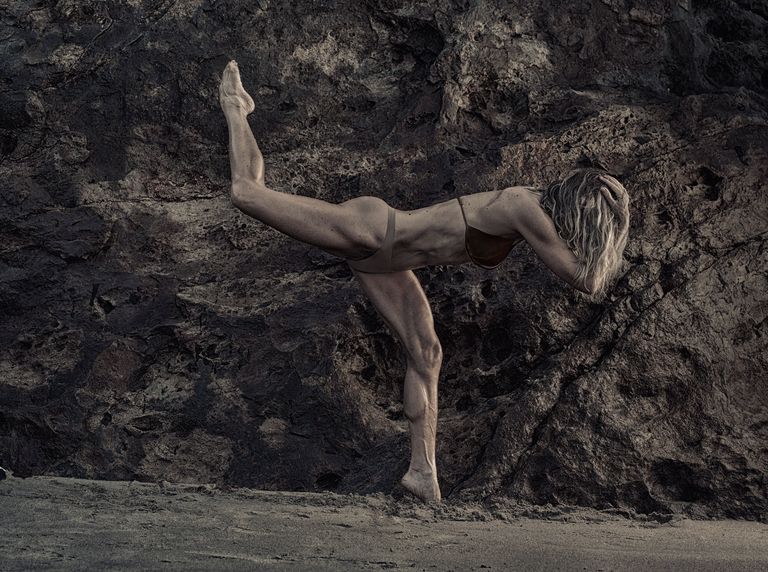
There’s definitely a gritty, edgy element to the photos in MG. Was that a conscious decision on your part?
I didn’t want it to look like I was trying to recapture my youth. It was never about that; it was really about empowering the person who I am today. I wanted it to look sensual and earthy and strong, not sexy or flirtatious or cutesy. In the very beginning, I didn’t even want my face in it. It was really about what I call the “body physical,” the muscles, the tone.
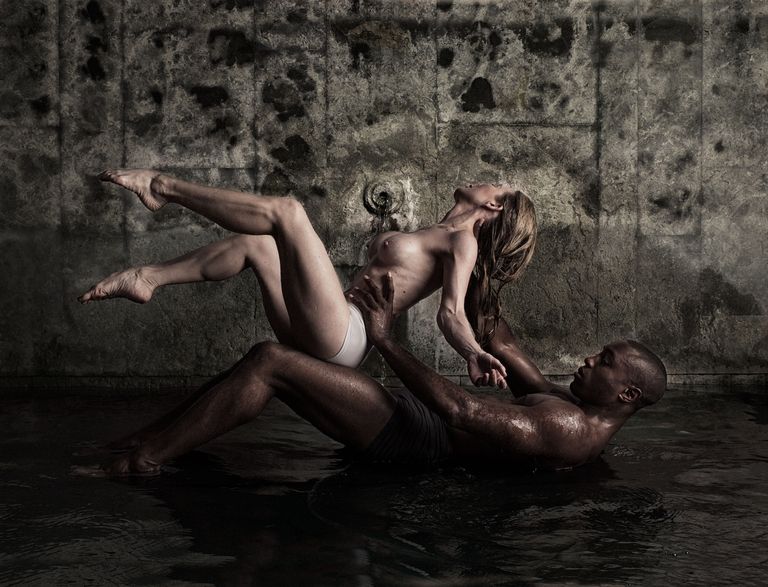
You’re nude or partially nude in many of the pictures. A lot of them are, frankly, pretty sexy. Did you feel that way when you were shooting?
It might come across as sexy, but from my standpoint, what I was trying to create had nothing to do with sexy. When I was posing for the photos, I was just thinking of the physicality of it, about how I could create the most interesting shapes with my body.
For me, it’s about the intention. I was trying to capture the body physical and I thought a lot of clothing would take away from that. I never felt shameful or naughty or inappropriate.
I absolutely don’t consider myself sexy. Almost the opposite. I feel that I have a responsibility to my body, as a vessel, to create art and to see how much I can physically do with it.

You shot some of these images in public. Did you get any crazy responses?
The only time it wasn’t just me and the crew on set was when we were at the beach.
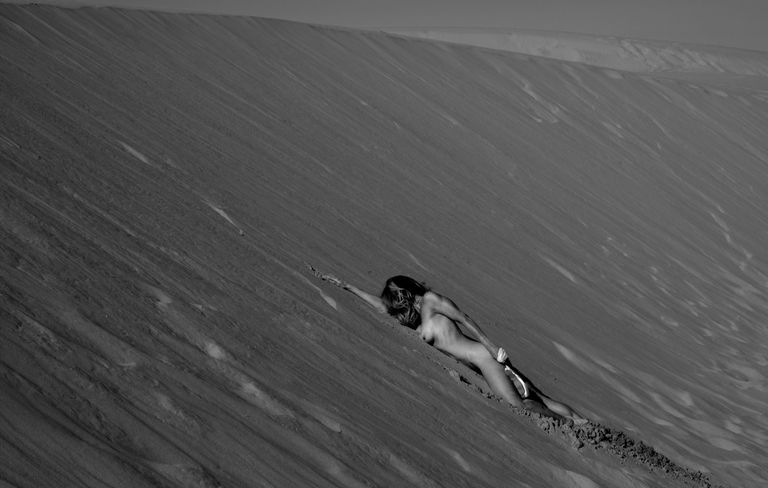
How did these photos make you feel about your body?
I mean, I still can’t believe I’m in the best shape of my life now. I love the notion that I’m still capable of doing what I love. And I think the photos in this book have really captured that energy.
